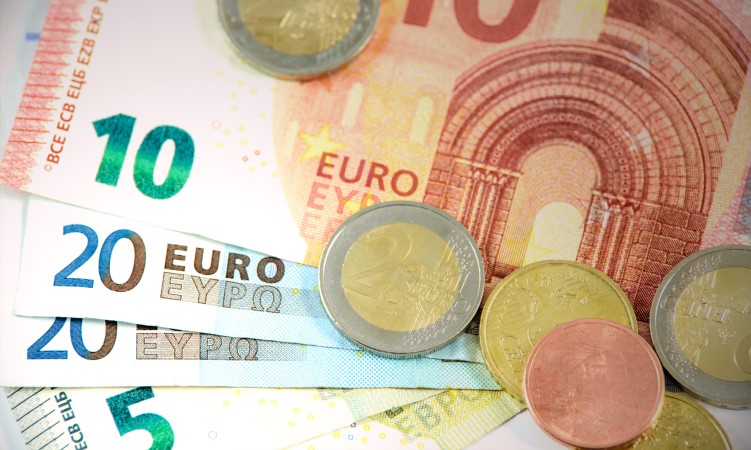The eurozone inflation rate in January turned out slightly higher than previously reported. Daily life in the euro area became 8.6 percent more expensive last month than a year earlier, the European statistics agency Eurostat reports based on final figures.
Eurostat previously reported an inflation rate of 8.5 percent for January.
Despite the slight upward adjustment, inflation has already cooled since November. In December, inflation was 9.2 percent; in October, inflation was still a record 10.6 percent annually. The cooling of inflation is mainly because petrol and diesel have become cheaper. Gas and electricity prices are also falling. But prices for food, drink, alcohol and tobacco are still rising sharply, keeping inflation exceptionally high.
The so-called core inflation, which does not include the volatile prices of energy and food, reached a record level of 5.3 percent in January after an earlier report of 5.2 percent. That inflation figure plays an essential role in the interest rate decision of the European Central Bank (ECB). ECB President Christine Lagarde has already indicated that the central bank is not finished fighting inflation for the time being. As a result, interest rates will be raised further in March and possibly beyond.
Economists had already anticipated a slight upward revision to January’s inflation rate. This was because the German statistics agency Destatis had to postpone the publication of the inflation figures for a week due to processing problems. That delay forced Eurostat to estimate German inflation. Destatis’ delayed inflation figure was higher than Eurostat’s earlier estimate.

